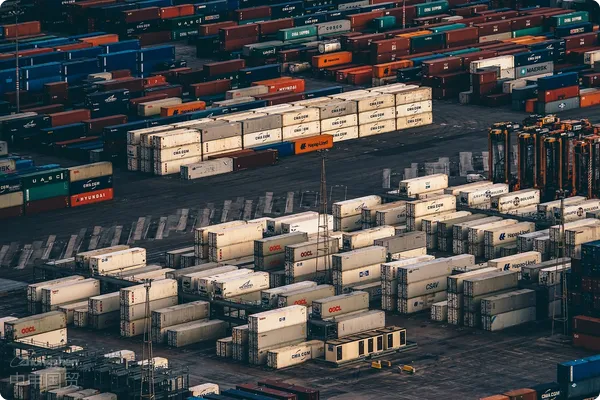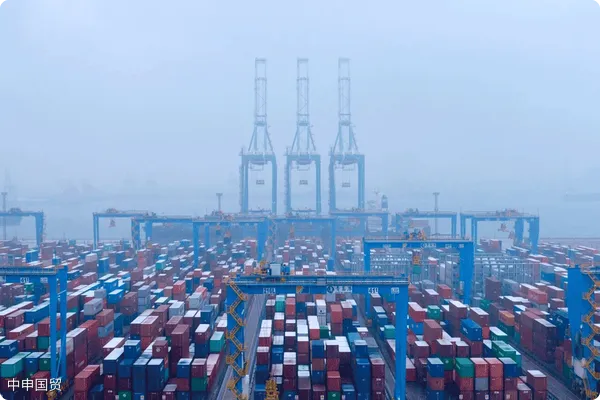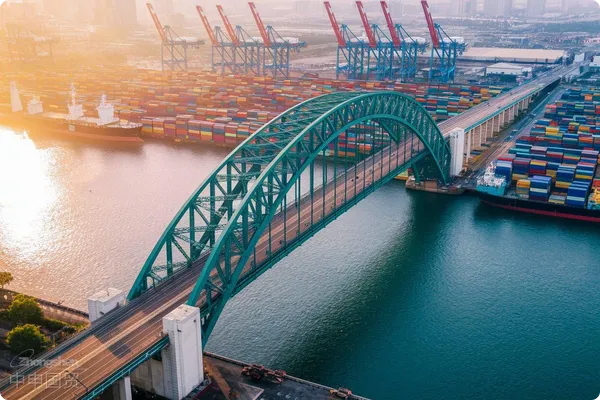- Shanghai Zhongshen International Trade Co., Ltd. - Two decades of trade agency expertise.
- Service Hotline: 139 1787 2118

Component import challenges under global medical supply chain restructuring
The global medical device market is projected to exceed $650 billion in 2025, with China as the largest component importer accounting for 37%. Core components like precision sensors and biocompatible materials show two key import characteristics:Regulatory intensity continues to strengthenandCustoms clearance time requirements are stringentImport enterprises must not only cope with the upgrading of certification systems such as FDA and CE, but also balance supply chain stability with compliance costs.
The triple entry barriers for medical components
Unlike ordinary industrial products, the import of medical components faces a multi-dimensional regulatory system:
- Product qualification certification
- EU MDR new regulation: Metal implants require biodegradation data submission
- US FDA 510(k) changes: AI components require algorithm validation reports
- Japan PMDA: Localized clinical trial sample size requirements increased by 40%
- Production system review
- ISO 13485:2025 adds new cybersecurity management system requirements
- Sterile components mandatory implementation of Class A+B clean environment certification
- Logistics special controls
- Temperature-sensitive materials require full cold chain data traceability
- Radioactive component transportation filing time reduced to 72 hours
The golden 72-hour rule for customs clearance strategies
Based on the 2025 General Administration of Customs medical supplies clearance guidelines, it is recommended to adopt a three-dimensional clearance model:
- Pre-classification declaration: HS code errors for precision optical components must be controlled within 0.3%
- Bonded warehousing buffer: Utilize special supervision zones to complete clinical verification
- Fast track application: Category IIIMedical EquipmentCan reduce inspection time by 50%
The 4M evaluation system for agent service provider selection
High-quality agent service providers should meet:
- Medical Expertise
- Capability to prepare clinical evaluation reports
- Familiar with MDSAP multinational audit procedures
- Management System
- ERP system integration with pharmaceutical regulatory data platforms
- Deviation handling response time <2 hours
- Market Network
- Establish emergency clearance channels at major ports
- FDA registration agent qualifications covering all 50 states
- Money Control
- Tariff planning solutions average savings of 12-15%
- Port detention risk compensation mechanism covering 90% of scenarios
Against the backdrop of accelerating globalization in the biomedical industry, medical component imports have evolved into systematic engineering. Enterprises need to establish a three-dimensional management system includingRegulatory alerts, flexible supply chains, emergency filing, achieving precise balance between technical compliance and commercial benefits through professional agent services.
Related Recommendations
? 2025. All Rights Reserved. Shanghai ICP No. 2023007705-2  PSB Record: Shanghai No.31011502009912
PSB Record: Shanghai No.31011502009912










